Several months ago we discussed an article about international copyright that suggested the possibility that the developing countries who are part of the World Intellectual Property Organization (WIPO) could seek to reverse the trend toward harmonizing IP protections at a very high level by “de-harmonization.” Such de-harmonization would by directed at exploiting the space provide for limitations and exceptions in the major international copyright agreements in order to benefit local circumstances. That article focused on the three fastest growing economies in the developing world – Brazil, Russia, India and China — the so-called BRIC countries.
Now comes this news release announcing that India and Brazil, along with 16 other countries from the developing world, have grouped together to more effectively represent the needs of such countries at WIPO. As the announcement says, these 18 countries “aim to transform the World Intellectual Property Organization… [in]to a U.N. agency helping members achieve development goals through a balanced and calibrated use of intellectual property.” It sounds like these nations are taking to heart the advice that the WIPO and WTO treaties and agreements leave them room to adjust policy in ways that best suit their own needs, rather than accepting a “one size fits all” approach that favors the rich, content-producing nations. The news release goes on to complain that strong intellectual property rights protections are being used to deprive people of needed medicines and to “steal developing countries’ traditional knowledge.”
These complaints are familiar to those who follow the negotiations at WIPO even in a cursory fashion, and there has been a new emphasis in recent months on the “Development Agenda” at WIPO and on how to redress the balance between protection of existing rights and access necessary for development. The formation of this new block within WIPO is clearly an effort to move the organization along this path more quickly.
The timing, however, also makes it very hard to ignore that this new IP group, as well as the emphasis on development that it has been formed to foster, is one of the major factors in the decision by a number of developed nations to forgo WIPO negotiations in favor of the “pluri-lateral” approach being taken with ACTA, the Anti-Counterfeiting Trade Agreement. As we have explained before, the ACTA treaty is being negotiated amongst a group of wealthy nations outside of the WIPO process. Such negotiations are allowed by the WIPO treaties, although it is debatable if such sweeping tightening of IP enforcement was ever envisioned when those agreements were negotiated. In any case, Michael Geist and others have argued that ACTA was born out of frustration with WIPO and the attention that was being paid there to the concerns of poorer countries who fear that rigid enforcement regimes will stifle their economic growth.
The specter raised by these developments is a fragmentation of the international IP community, with rich nations negotiating only amongst themselves for ever stronger measures to enforce intellectual property rights and developing countries talking only to themselves at WIPO about how such enforcement stifles growth and threatens lives. When we connect the dots that these developments represent, it is an unfortunate and even frightening picture that emerges.

